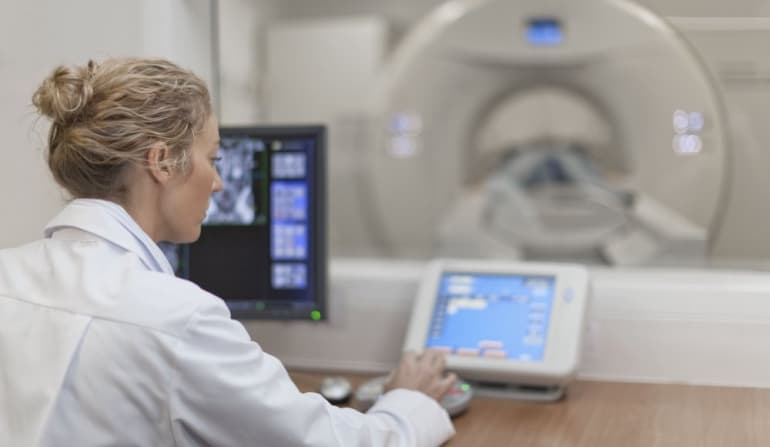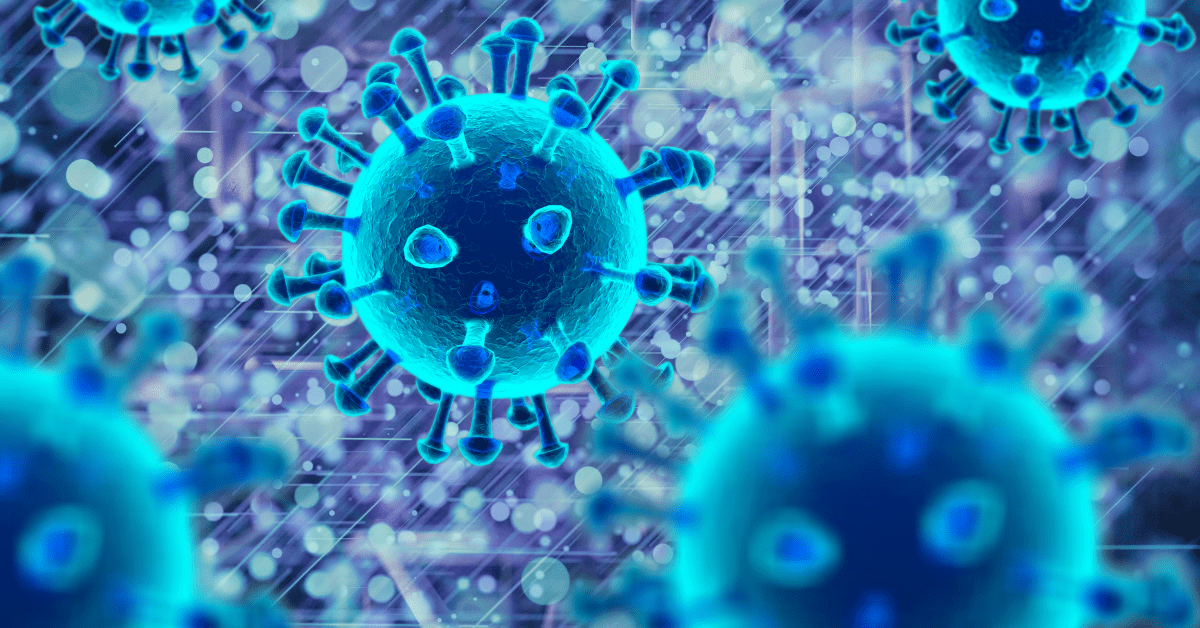What Is a CT Scan for Children?
A pediatric CT scan is a diagnostic medical imaging procedure that creates three-dimensional images of internal organs, soft tissues, blood vessels, and bones. Compared to the traditional x-ray, it provides a more detailed image that allows medical professionals to diagnose an illness or an injury more accurately.
Most CT scans take a few seconds, although sometimes the procedure can take more than 10 minutes.
The medical imaging test uses a large machine that resembles a giant donut with a sliding bed inside where the patient lies still during the procedure.
The machine emits low-dose radiation that passes through the body and gets picked up by electronic detectors located on the opposite side of the frame to create detailed images. Then, a dedicated computer assembles the “slices” of pictures to come up with three-dimensional images that can show internal injury, tumor, or any abnormality.
Common Reasons Why Doctors Recommend Pediatric CT Scans
CT scans can help medical professionals diagnose a wide range of health conditions and injuries. In children, these are often performed to identify the causes of severe abdominal pain and evaluate the extent of the injury.
The medical imaging test is also commonly used to diagnose cancer and monitor patients’ response to treatments.
Because of the highly detailed images, CT scans are commonly used to evaluate the heart and blood vessels of children and even babies.
These are the other reasons why doctors recommend pediatric CT scans:
- Tumor
- Pneumonia and other complications from infections
- Birth defects
- Appendicitis
- Inflammatory diseases
- Trauma
- trauma to blood vessels or lung
- Stores in the urinary tract
- Seizure and other neurological diseases
- Hearing loss
- Bone-related injuries and defects
In emergencies, CT scan is the go-to medical imaging test since it can quickly detect internal injuries and bleeding, allowing ER doctors to perform life-saving treatments.
Related article: Managing Claustrophobia and Anxiety During Your CT Scan
Preparing Your Child for a CT Scan
Each patient will receive a specific set of instructions before undergoing CT scans; hence, you should always ask your doctor for detailed recommendations.
Meanwhile, the guidelines mentioned below are “general rules” for most, but not all, patients.
- Your child may be asked to avoid drinking or eating a few hours before the exam; this is a common requirement for patients who will receive anesthesia or sedatives.
- Inform your child’s doctor about his previous tests (including CT scans), allergies, medical condition, and health-related history.
- Your child should wear comfortable, loose-fitting clothing (without zippers, metal snaps, and belt buckles) during CT scans.
- Before the exam, your child should remove metal objects like eyeglasses, jewelry, retainers, hearing aid, etc.
Important note: Depending on your child’s age and the area that needs to be scanned, anesthesia may be necessary. In many cases, young children who need to be entirely motionless for a prolonged period may need sedation to ensure high-quality images.
How to Minimize Radiation Risk
While x-rays and CT scans use very low levels of radiation, it remains ideal to avoid unnecessary exposure. Simply put, these imaging procedures should be only reserved for patients who need them.
If your child needs a CT scan, you may want to go to children’s hospitals where technicians routinely adjust their machines to compensate for a child’s smaller size. By contrast, general hospitals don’t always change the settings of their scanners.
In addition, you should tell your doctor if your child has had previous tests, including CT scans. In most cases, repeated CT scans should be avoided unless absolutely necessary.
Who Interprets the Results?
Radiologists are medical doctors who can interpret the CT scan results of your child. They will send an official report to your kid’s primary physician.


For more information about CT scans for children, contact Catalina Imaging at (844) 949-1664. They are the leading mobile CT scanners that can help hospitals and other medical facilities provide high-quality healthcare.













